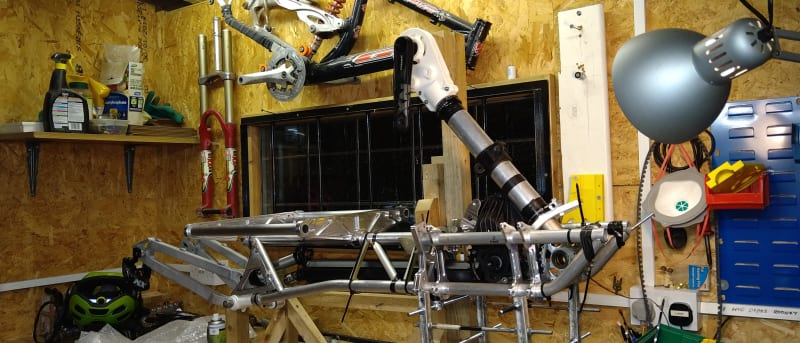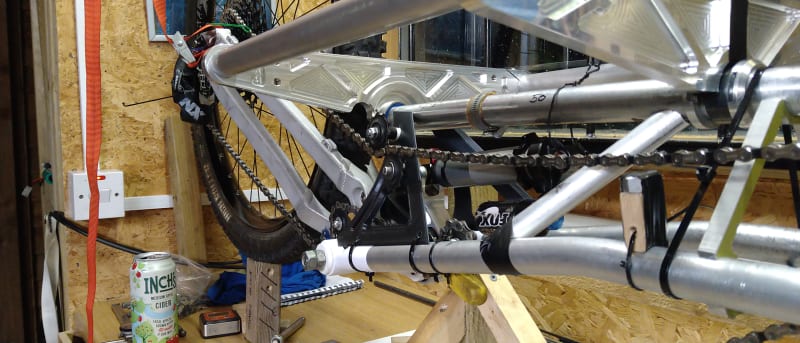Carl84
Automotive
- Feb 15, 2023
- 5
hi all , could someone please advise me how to easily find the grain direction of aluminium tubing for bending , i am making a bike frame and have to bend some 25mm diameter tubes through 45 degrees but am experiencing cracking before i get to 45 degrees,. it is a 90mm radius bend what sort of magnification is required, hoping to purchase a microscope if its relatively inexpensive , thanks in advance
Carl
Carl



